Best Practices Articles

5 Core Partner Relationship Management Best Practices
More and more companies are marketing and selling through the channel to increase reach and velocity of product distribution. With that said, implementing this sales approach is a very complex undertaking, and it’s easy to get off track. Here are the 5 core partner relationship management best practices to help you scale.
Know Your Partners
Before you can put together a solid partner relationship management framework and strategy, it is essential for you to understand who your partners are, how they make money, how they differ in the marketplace they sell to, and what keeps them awake at night. Without understanding these fundamental drivers, it is almost impossible for an organization to get true engagement from its partner base.
In addition to understanding their business drivers, it is also important for you to figure out how your products fit into their product portfolio. If your solution is the primary product in their portfolio, they will engage accordingly, but if you are just an add-on, your approach to managing the relationship will have to be different. For example, if your partner sells burgers, and you provide French-fries, then you are essentially providing an add-on. However, if you sell beef patties then you provide something that’s core to the partner primary solution, i.e., burgers. Any partner relationship management strategy needs to focus on this strategic versus contextual offer.
Understand the Mathematics of Reach
Sometimes it is tempting to go for the widest distribution possible by signing up as many partners or resellers as you can. However, this approach brings challenges like over-distribution, channel conflict, and potential lawsuits. So, your partner relationship management strategy needs to center around profitable growth, i.e., what’s the minimum number of resellers that would give you the maximum reach.
Needless to say, it poses the risk of creating a lot of unproductive and unhappy partners. Therefore, it’s very important to understand in detail how you are going to distribute your products to end buyers and calculate how many partners you need to hit your revenue growth goals. You would be surprised how few companies sit down and do this math.
Calculate Training and Incentives Requirements
Just like any new relationship, onboarding new partners can be quite exciting in the beginning. Eventually, however, companies realize that it actually takes more to train an indirect sales force than it does to train your own employees. The reason for this is very simple:
Learning about your products is the primary focus of a direct sales force, but partners typically are learning about and selling products from multiple vendors.This makes it difficult for them to invest the time in learning about yet another product, especially if the product is constantly changing due to new capabilities, new versions and so on.
The fact is, partners tend to spend more time selling existing or mature products more than new products. This is a major insight that many companies overlook at first, often realizing it only after they have failed to reach the sales velocity of new products they had hoped for. Your partner relationship management approach needs to focus on understanding partners sales mix and velocity and how you can help them accelerate revenue with minimum changes.
Manage the Loyalty of Partners
It is important for you to understand that a partner’s primary loyalty is to their customer base and their employees. No matter how great your products and services are, if your activity in any way undermines a partner’s relationship with their customers, you risk losing them.
So, while you must put your partners in the middle of your service and support infrastructure, you absolutely need to make sure their end customers are treated with a white glove approach. This is essential in building a reputation with your partner base.
Your business may be transactional, but most partners build their business based on relationships first and transactions later.
Eliminate Under-Performers
Despite your best efforts, sometimes relationships simply do not work. That’s when you must sharpen your pencil and have that tough conversation with those partners who are not performing determining whether it is better to part ways or change something to get the relationship back on track. Your partner relationship management program needs to include a structured approach to this pruning at least once a year.
Don’t make the mistake of assuming that if you just hang on to a relationship it will get better over time. In most cases, that doesn’t happen. If your partners are not delivering, or your support costs are going through the roof because your partner is not investing enough time in learning your products and services, it’s time to end the relationship. It is better to focus on fewer partners who are delivering than spread your resources too thin and waste time with those are not.
This is easy to say but very hard to do, but if your approach is business centric and you don’t randomly cut partners off, and you have a rational conversation with them, they will also understand. They are your business partners, so if there isn’t any significant business to pursue, it doesn’t make sense to continue a partnership.
Enacting Best Practices in One Place
Whether your partner base just doesn’t have the marketing and sales competencies necessary to keep revenues growing or your sales velocity has diminished because of increasing channel management costs, you have a choice: try addressing each of these problems one-by-one or invest in a comprehensive, fully integrated PRM framework that establishes a strong business proposition for your partners.
ZINFI is a channel management software that enables organizations to onboard, train, incentivize, and manage partners from one easy-to-use location. Whether you already have hundreds of partners or are just starting out, ZINFI’s platform allows you to pick which features you need most to create a fully customized management system.
“Hope is not a strategy,” goes an old saying. It may be a cliché, but it fully applies to partner relationship management best practices. Approaching it analytically–studying partner segmentations, their business drivers, core needs, solution alignment, incentives investment, and performance output–will help you truly understand who is performing and who is not. And ZINFI can help you do it.
For more information, please check this article.
Best Practices Guidebook
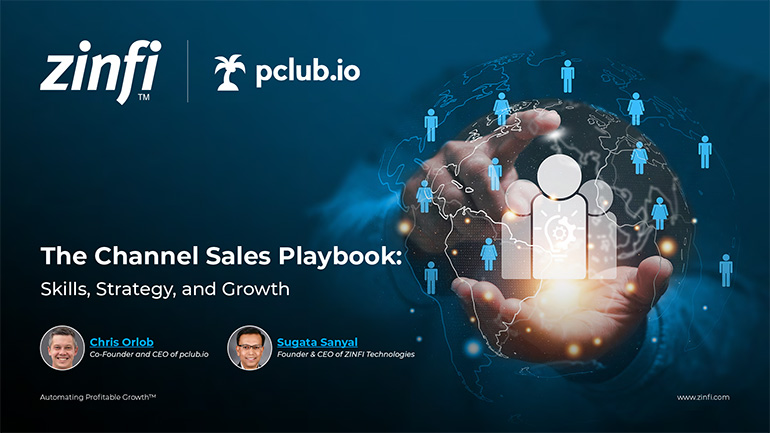 The Channel Sales Playbook: Skills, Strategy, and Growth
The Channel Sales Playbook: Skills, Strategy, and GrowthDownload for FREE
 Blueprints for Vertical Success Best Practices
Blueprints for Vertical Success Best PracticesDownload for FREE
 The Future of Partner Enablement: From Enablement Gaps to Global Advantage
The Future of Partner Enablement: From Enablement Gaps to Global AdvantageDownload for FREE
 Reimagine Sales Development. Build a Smarter Prospecting Engine
Reimagine Sales Development. Build a Smarter Prospecting EngineDownload for FREE
 The Zero Trust Imperative: Fortifying Enterprise Security Against AI-Driven Threats
The Zero Trust Imperative: Fortifying Enterprise Security Against AI-Driven ThreatsDownload for FREE
 PartnerOps Excellence: The Definitive Guide to Scalable SaaS Ecosystems
PartnerOps Excellence: The Definitive Guide to Scalable SaaS EcosystemsDownload for FREE
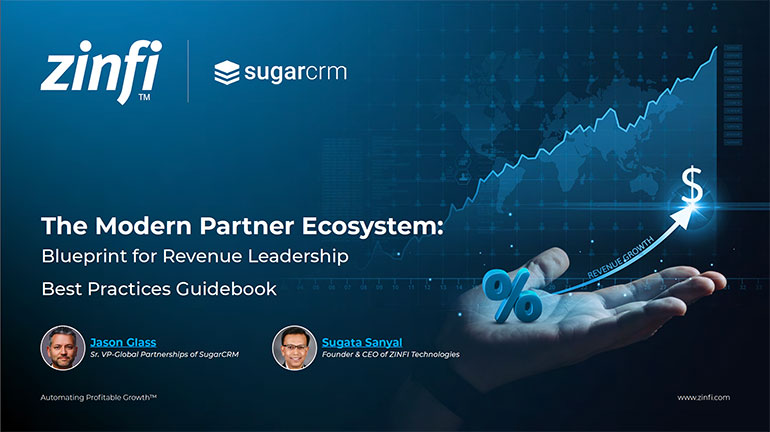 The Modern Partner Ecosystem Best Practices
The Modern Partner Ecosystem Best PracticesDownload for FREE
 Partner Marketing Reimagined: Strategies for Agile, Insight-Led Growth
Partner Marketing Reimagined: Strategies for Agile, Insight-Led GrowthDownload for FREE
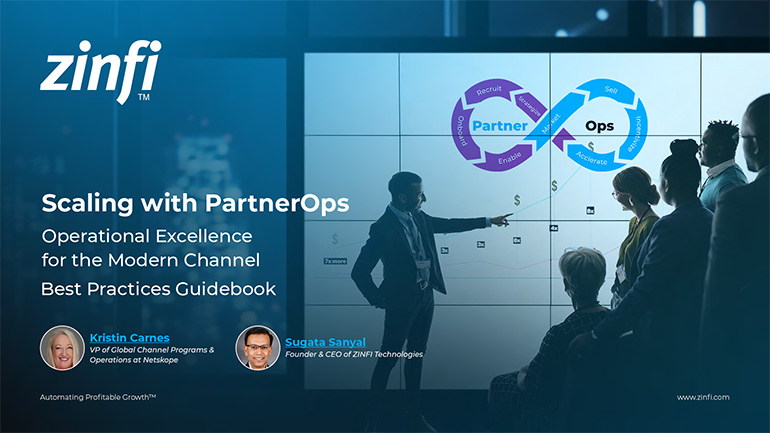 Scaling with PartnerOps Best Pratices
Scaling with PartnerOps Best PraticesDownload for FREE
 Leading with Partner Programs Best Pratices
Leading with Partner Programs Best PraticesDownload for FREE
 The Partner-First Blueprint: Scaling Trust, Intelligence, and Ecosystem Growth
The Partner-First Blueprint: Scaling Trust, Intelligence, and Ecosystem GrowthDownload for FREE
 Unlock Scalable Growth with The Partner Marketing Growth Blueprint
Unlock Scalable Growth with The Partner Marketing Growth BlueprintDownload for FREE
 From TikTok to LinkedIn: Social Selling Across the Generational Divide
From TikTok to LinkedIn: Social Selling Across the Generational DivideDownload for FREE
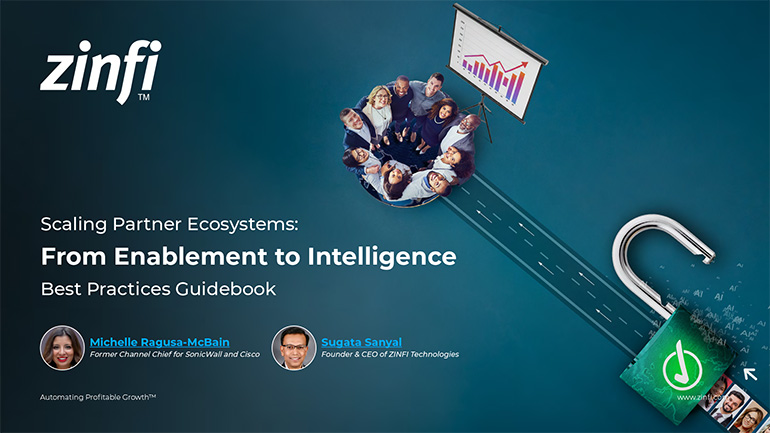 Scaling Partner Ecosystems: From Enablement to Intelligence
Scaling Partner Ecosystems: From Enablement to IntelligenceDownload for FREE
 The Ultimate Guide to Partner Marketing Success Best Practices
The Ultimate Guide to Partner Marketing Success Best PracticesDownload for FREE
 How to Start and Scale Partner Ecosystems Best Practices
How to Start and Scale Partner Ecosystems Best PracticesDownload for FREE
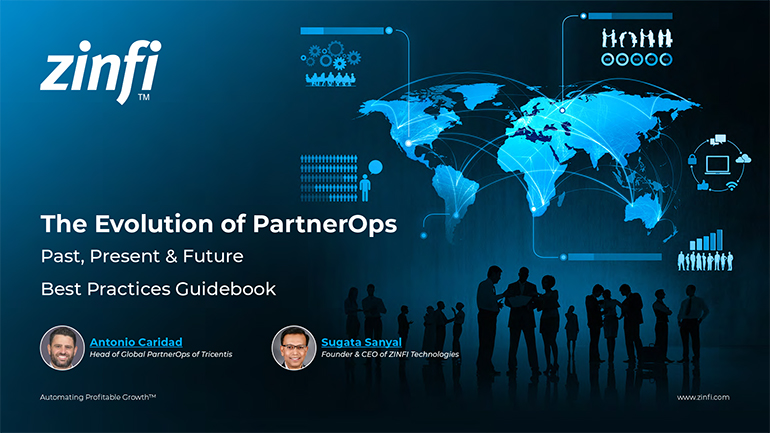 The Evolution of PartnerOps: Past, Present & Future Best Practices
The Evolution of PartnerOps: Past, Present & Future Best PracticesDownload for FREE







